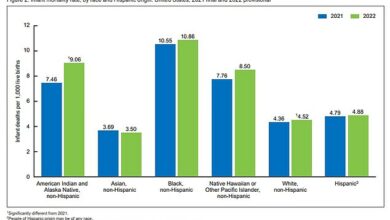How thousands of people like Maureen live with unexplained symptoms for years… but miraculously they CAN now get help
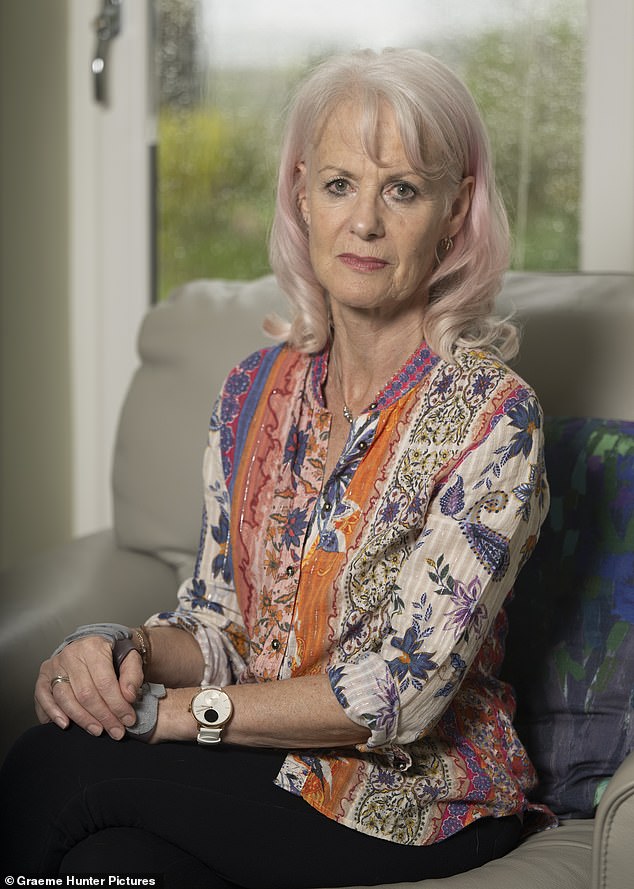
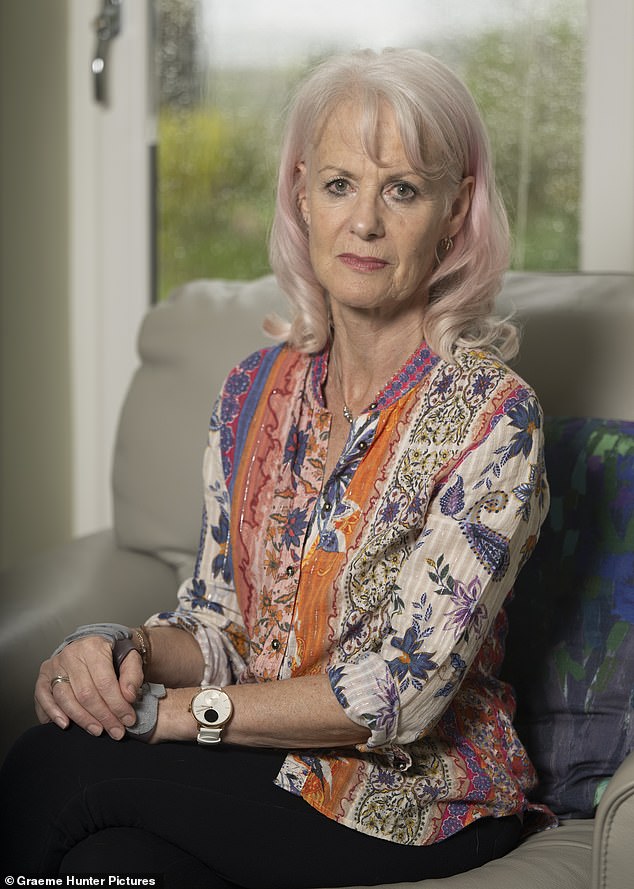
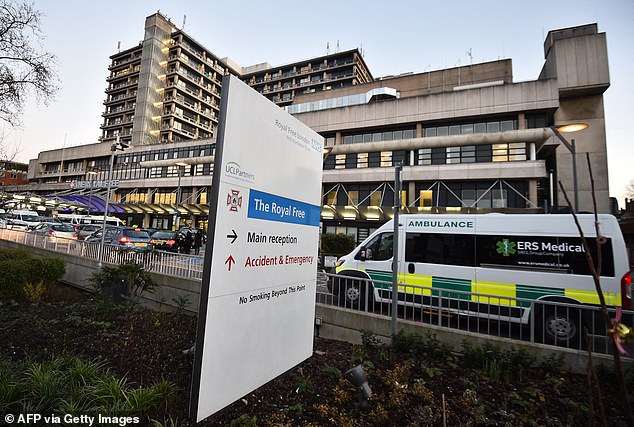
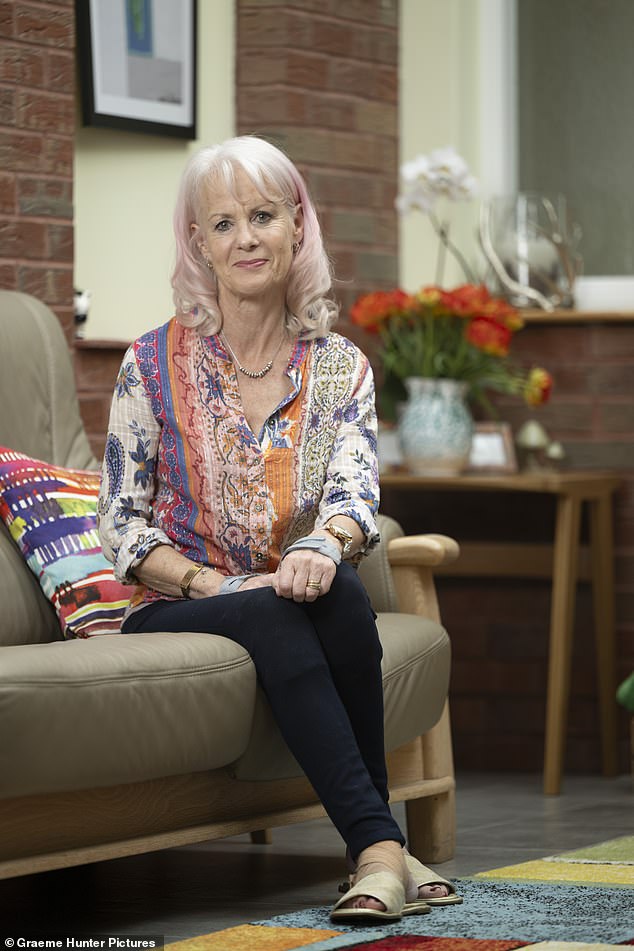
When Maureen Sharphouse was in her early twenties, her joints were so flexible that she got a job as a magician’s assistant, effortlessly folding herself into boxes for her stage tricks.
“I was literally the woman being sawn in half on stage, with my legs crammed across my body, I was just so flexible,” says Maureen, 67, a life coach who lives in Kinross-shire, Scotland, with her husband Peter, 75, a semi-retired businessman (they have five children together from previous relationships).
‘At school I was very good at sports and dancing and could easily do the splits.’

Maureen Sharphouse, 67, has Ehlers-Danlos syndrome, a condition that affects one in 500 people
But there were also some worrying health issues. “I remember my knee joint popping out several times on the sports field,” says Maureen.
I also often suffered from joint pain, occasional dislocations, loss of balance and coordination, tingling and slurred speech.
What she couldn’t have known was that these were all signs of a medical condition that, as she puts it, “would eventually take over my entire life.”
But it would take another 35 years before she found out – in June 2023 – what the condition entailed, after countless visits to countless doctors: Ehlers-Danlos syndrome.
EDS is a genetic condition that affects one in 500 people (although this number may be too low). The wide range of symptoms means that the condition is often overlooked or misdiagnosed.
EDS affects connective tissue throughout the body, including joints, the heart, and the digestive tract. There are 13 types; Maureen has many of the symptoms of hypermobility EDS, the most common type, including loose, unstable joints that dislocate easily, joint pain, fatigue, digestive problems, and dizziness.
There is no test for EDS. A doctor makes the diagnosis based on the symptoms and examination.
Maureen says, “While I was relieved to finally have the answer, I also felt disappointed: Why hadn’t any of the many doctors I had visited over 35 years connected the dots?”
According to Forgotten Patients, Overlooked Diseases, a charity launched in May to raise awareness for patients who fall through the cracks, are misdiagnosed or go undiagnosed for years, Maureen’s story is not unique.
“This is still a largely ignored and under-researched area,” says Dr Adrian Tookman, co-chair of the charity and former medical director and palliative care consultant at the Royal Free Hospital and the Marie Curie Hospice in Hampstead, north London.
‘And this despite the large number of people who are thought to suffer from it and the enormous sums of money that are wasted on the wrong treatments and research.
‘Healthcare professionals become frustrated because they cannot diagnose, while patients can feel lost, overlooked and forgotten in the health care system.’
The foundation focuses on supporting patients and helping them obtain a diagnosis.
“We want to find solutions, not blame the doctors,” he says.
Many of these patients are diagnosed with medically unexplained symptoms (MUS). And when they finally get the correct diagnosis, they turn out to have diseases that are either unusual or unusual symptoms of more common diseases.
MUS is a big problem: patients with this label are more likely to take sick leave, have higher unemployment rates and account for 10 per cent of adult NHS spending in England, according to a 2022 study published in BMJ Open. One in four frequent hospital attendees are classified as MUS.
Dr Tookman says the charity was set up after he noticed that female patients referred to him with complex and unexplained pain symptoms (because of his expertise in pain) actually had undiagnosed EDS, yet were being wrongly told they had eating disorders such as bulimia.
This is because gastroparesis – or vomiting, bloating, and abdominal pain – is a common symptom of EDS due to its effect on the connective tissue in the digestive tract.
During a multidisciplinary meeting to discuss a patient’s case, he noticed a number of young women in the waiting room with scars on their forearms from previous suicide attempts. ‘I could see that these scars were stretchy – in other words, there was something wrong with the collagen that held them together, and that’s what you see in EDS.
‘I mentioned this to the psychiatrist and he said that he had often wondered if there was an underlying physical cause for vomiting disorders.

Dr Adrian Tookman from the Royal Free Hospital and Marie Curie Hospice in Hampstead, north London, says huge amounts of money are being wasted through misdiagnosis
“Fortunately, the patient was discharged from the eating disorders unit and received treatment for her EDS instead. How many others have been misdiagnosed in this way, we do not know.”
Other patients who are often given a MUS label are those who have one of an estimated 7,000 rare diseases, which are diseases that affect fewer than one in 2,000 people.
Dr Minha Rajput-Ray, a physician and osteopath who sits on the new charity’s committee, said: ‘Doctors find it difficult to say, ‘I don’t actually know what’s wrong with you, but let me find out for myself.”
The typical patient she sees in her Aberdeen clinic has chronic pain and fatigue complaints such as fibromyalgia, ME, long Covid, EDS and Lyme disease, an infection contracted by an infected tick.
“These patients suffer from symptoms that no one can really figure out,” says Dr. Rajput-Ray.
One patient referred to Dr. Tookman had taken a “long time” to be diagnosed with Klippel-Trenaunay-Weber syndrome, a genetic syndrome that causes enlarged legs, varicose veins and a port-wine stain on the birthmark.
“Fortunately, we were able to treat her with medications to control her symptoms. No clinician I’ve ever talked to had ever heard of it, and that’s the problem: There are 7,000 rare diseases and some of them we don’t even know about.”
“It’s clearly dangerous to mislabel people,” he says.
Another problem that hampers the diagnosis and treatment of rare diseases, he says, is the increase in specialization in hospital medicine over the past 20 years. This means that doctors have in-depth knowledge of their specialty, but not such a broad knowledge.
From her early teens, Maureen suffered from intermittent joint pain, which her GP attributed to ‘growing pains’. In her twenties, she suffered from frequent joint dislocations, and in her thirties, she began to trip over because her joints ‘seemed unstable’. She was prone to falls and sprains, and was frequently bruised.

EDS affects connective tissue in the body, including the joints, heart and digestive system
‘On Sunday afternoon I had to go to bed to rest because my joints hurt so much.’
In her late 30s, she also began to experience back pain, dizziness, nerve spasms and heart palpitations. A rheumatologist diagnosed her with three conditions: fibromyalgia (a chronic pain condition), Raynaud’s syndrome (which affects circulation and causes cold hands and feet) and Sjögren’s syndrome (an autoimmune disorder that affects parts of the body that produce fluids, such as saliva).
Her GP disagreed and referred her to a neurologist, who diagnosed her with multiple sclerosis, despite the fact that a brain scan showed no signs of it.
It was a label that would stay with her for the next 15 years.
Her poor health eventually cost her her job in property management and it had a severe impact on her relationship with her first husband (with whom she has two children) and on her social life.
“I went through some dark times,” she says. “I felt really frustrated that no one seemed to know what was wrong. No doctor ever listened to my whole story or thought outside the box and their particular specialty.”
Her symptoms worsened until 2022, when she paid for surgery in the US for thoracic outlet syndrome – compression of nerves and blood vessels in the chest – often due to a connective tissue disorder, a doctor told her.
During her research she discovered EDS – and her diagnosis was confirmed by a private physician.
“He said he was sure I would have found it within five minutes of him speaking to me, and he couldn’t understand how it could have been missed.”
Although Maureen still struggles with EDS symptoms, “the diagnosis feels validating to me,” she says. “It’s just unfortunate that it took almost 40 years to get there.”


